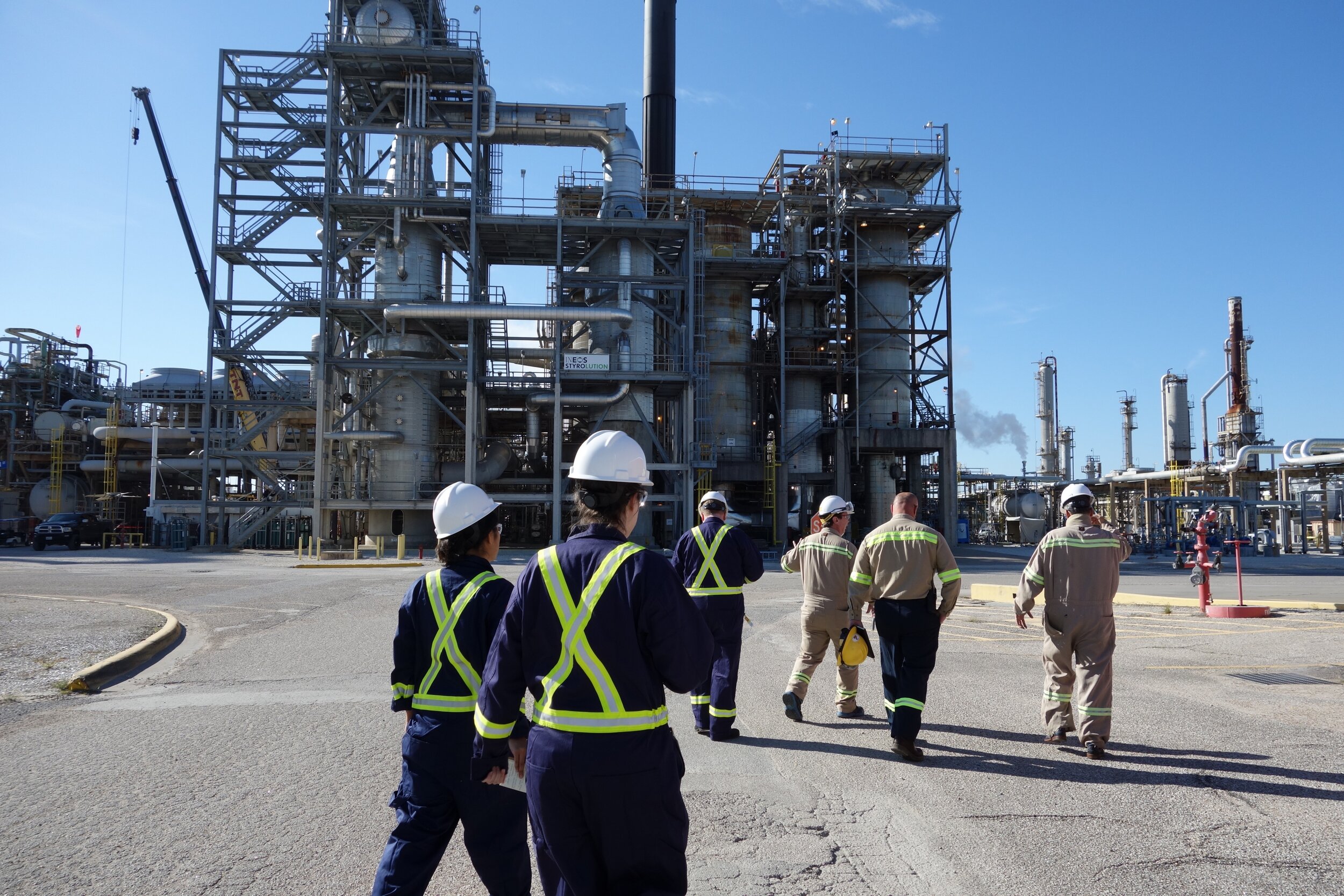How might Bose play a role in enhancing the safety and productivity of front line workers?
This is the question we sought to answer as a four-person Incubation team representing product, research, design and engineering. We called ourselves Team Steel Toe.
The Opportunity
Doctors and nurses are expected to type up patients’ symptoms and diagnosis into electronic health record systems in real time, giving patients the impression that their health care providers aren’t fully present in the room with them.
Operators in an oil refinery are asked to input machine readings into a tablet, which distracts them from their larger task of using their eyes, ears to ensure the refinery is running smoothly.
Inexperienced workers in a manufacturing plant are given tablets with step by step tutorials for unfamiliar tasks, but they find it difficult to context switch between reading the instructions and working on the machinery.
In all these cases, the very tools given to front line workers to make them more efficient and productive, are usurping the hands and eyes they need to get their jobs done. They can become more of a hindrance than a help. So we asked ourselves, can Bose, with its expertise in audio-based solutions, deliver a “heads-up, hands-free solution” that enhances the safety and productivity of front line workers?
Our Approach
As the Researcher and Strategist on the team, I led us through the ambiguous process of early stage innovation. Our goal was to design a product concept for the Industrial Wearables market that would be desirable by businesses and their workers, technically feasible to build and profitable for Bose.
Phase 1 - Understand & Observe
Key Tasks
Mapped and market-sized the landscape of front-line workers by industry
Interviewed front line workers across various industries to understand their responsibilities, workflows, and unmet needs (doctors, nurses, construction workers, maintenance workers, home appliance repair workers, hospitality workers, retail workers, delivery workers, factory workers)
Observed various worker environments to better understand their contexts (construction sites, oil refineries, hospitals, manufacturing facilities)
Interviewed enterprise solution consultants, and hardware and software solution providers to better understand Jobs to be Done for the frontline workforce and how they are currently being addressed
Key Outputs
Developed frontline worker personas based on similarities in tasks, workflows and work environments.
Identified unmet needs and opportunity areas for frontline workers based on interviews and observation.
Phase 2 - Narrow Focus
We narrowed our focus to the Muscly Marky Mark persona, who works in noisy and often dangerous work environments (construction sites, oil rigs and refineries and heavy manufacturing facilities), based on alignment between their unmet needs and Bose’s core competencies in designing comfortable wearables and solving complex audio problems.
Phase 3 - Ideate, Prototype, Test
Based on the unmet needs and pain points identified in Phase 1, we created a series of “What If” statements and sketches to spark conversation and co-creation with workers in heavy industrial environments. These early paper concepts also helped us determine which opportunity areas resonated most with front line workers.
We then made “Wizard of Oz” prototypes for the concepts that resonated most, and tested them in situ with front line workers in industrial environments. Simultaneously, we met with Directors of Environmental Health and Safety, and Innovation at major industrial companies to validate our product idea not just with end-users, but the business buyers as well.
At the end of Phase 3, we had a validated product concept that we knew fulfilled several unmet needs of front line workers in industrial environments, and their employers.
Phase 4 - Develop Business Model
Bose is mostly a B2C business. Enterprise sales is new to us. So once we had built a desirable product concept, we now needed to ensure that we would be able to build a workable business model around it. I led the team through the Business Model Canvas exercise to design a business model around our strengths while identifying key areas of investment required to enable the B2B marketing and selling of a Bose Industrial Wearable (confidential).
Phase 5 - Storytelling & Securing Pilot Partners
Confident in the desirability, viability and feasibility of our early stage product idea, we created a video to communicate our vision for the Bose Industrial Wearable to internal stakeholders as well as potential pilot partners.
Based on the case we presented to key internal stakeholders including the CEO and the Director of Strategy and Innovation, we were given the greenlight to showcase our product concept at the 2019 Enterprise Wearables Technology Summit in Dallas, TX, to generate interest and sign on pilot partners.











